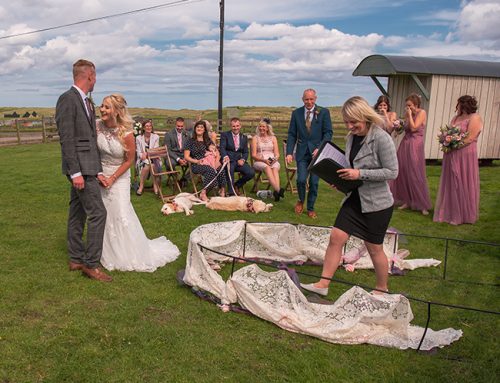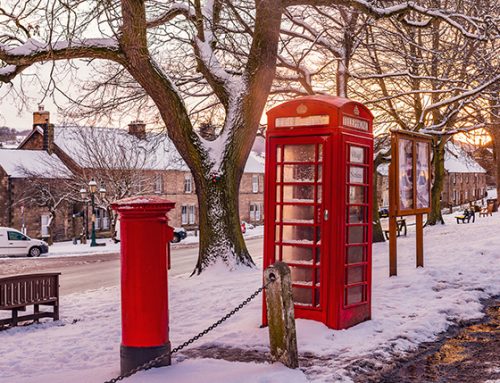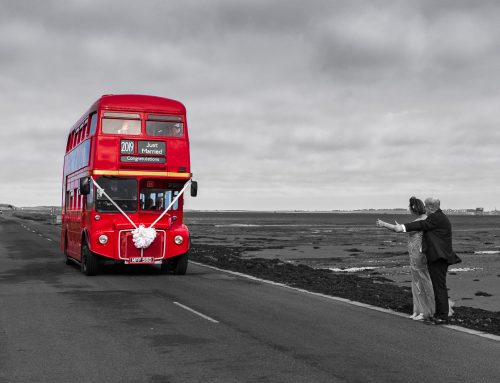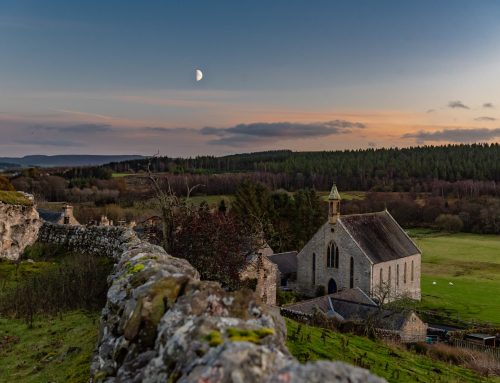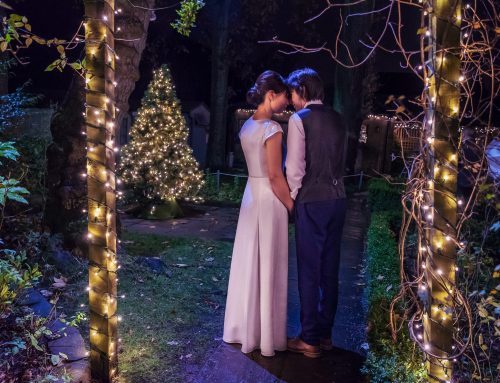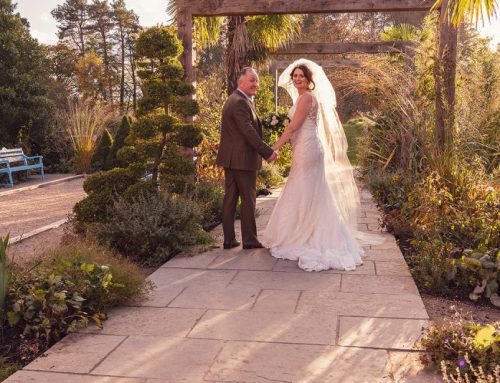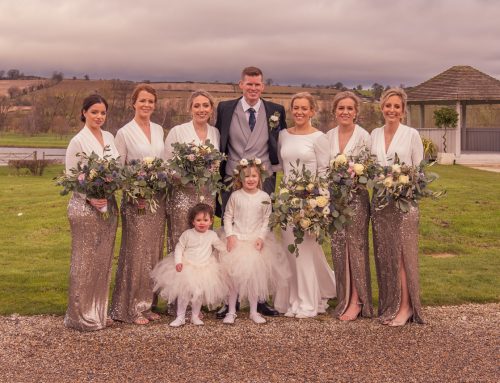How to photograph a bluebell wood
It is notoriously tricky to get good shots of a bluebell wood. In strong sunlight the strong contrast between sunlit areas and dappled shade can cause problems with exposure and effect the colour balance. Then there is the problem of depth of field and where to focus. The 6 tips below will help with these problems and give you the lovely images that your eye captured at the time.
- Shoot in Raw – This captures much greater detail in the highlights and shadows which can be adjusted more easily whilst editing. It also gives you much greater control over the White Balance. The camera does not see the blue of the flower in the same way as the eye. It can help by using local adjustment in Lightroom to have a warmer WB for the trees and cooler WB for the flowers.
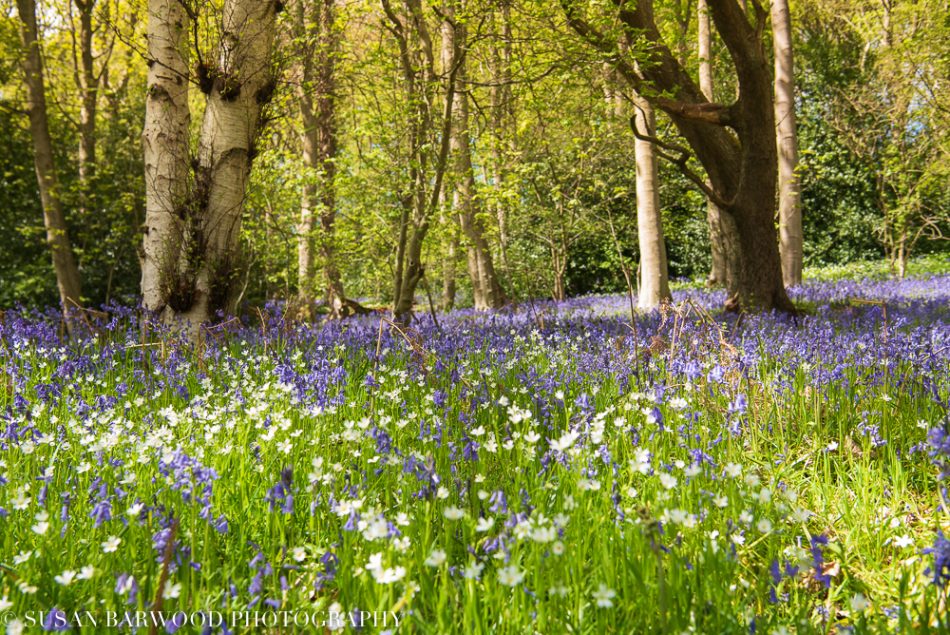
- Choose a slightly overcast day shortly after the bluebells have flowered and are still deep blue – For once shooting at midday is a good time as the light tends to be more neutral with a greater proportion of blue wavelengths. Strong sun tends to bleach the colour. However, shooting early morning if there is a mist can also be stunning as can shooting with the sun behind a tree for a sunburst effect.
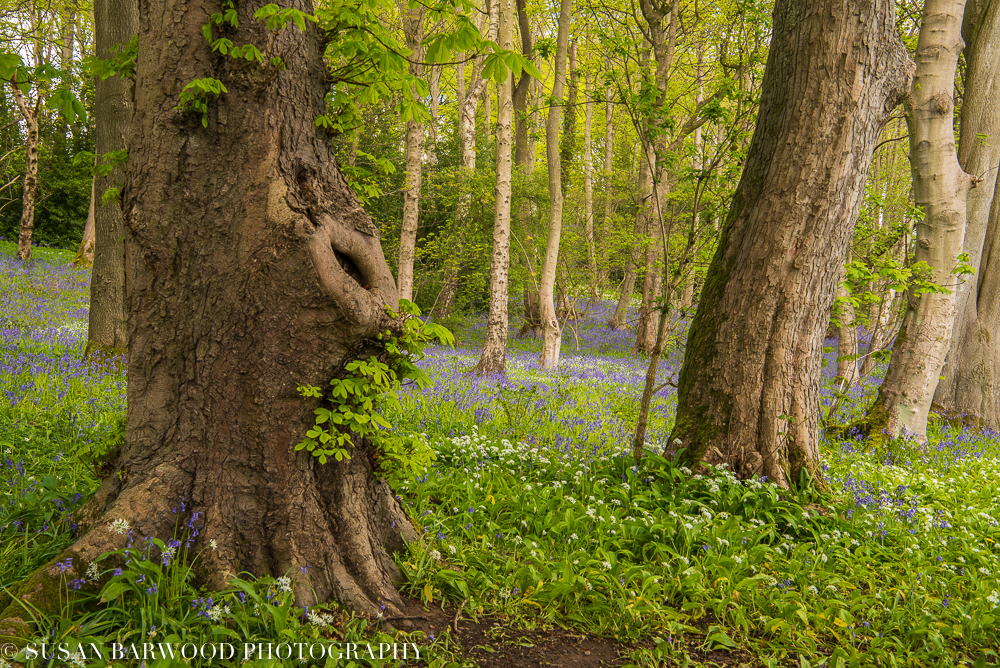
2. Use a tripod – If strong contrast is unavoidable, using a tripod allows you to bracket 3 shots with a 1 stop difference to merge later in Lightroom or Photoshop. A tripod also allows you to use a low ISO to avoid noise. You can also use a smaller aperture indicated by a larger f number (f8 to f11) and a longer exposure time and not worry about blurry images due to camera shake.
3. Use a polarising filter – This filters out any overblown highlights caused by strong sunlight and gives lovely saturated colour to the flowers.
4. Think about composition – Get down low and user a larger aperture to emphasise flowers in the foreground and give a pleasing bokeh effect to the bluebells in the distance. Use a subject in some of the shots like the interesting tree trunk above or a tree stump or fallen branch. A path leads the eye towards the bluebells.
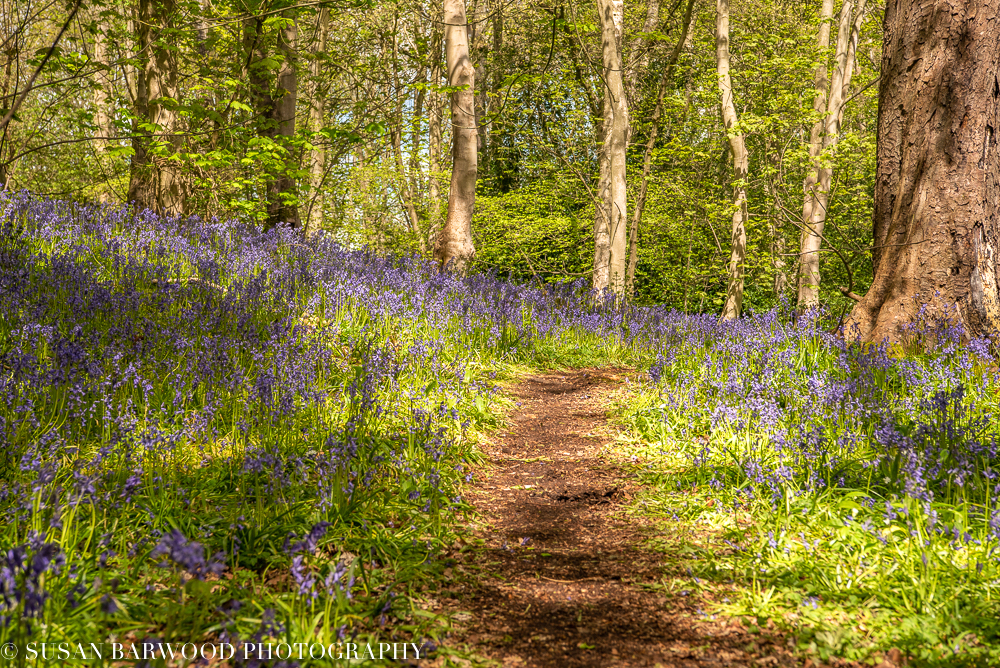
5. Use a macro lens for some close-ups – Get your tripod down low as camera shake is hard to avoid with a hand held camera. You can use f8 to f11 to get the whole flower sharp and still get beautiful bokeh in the background.
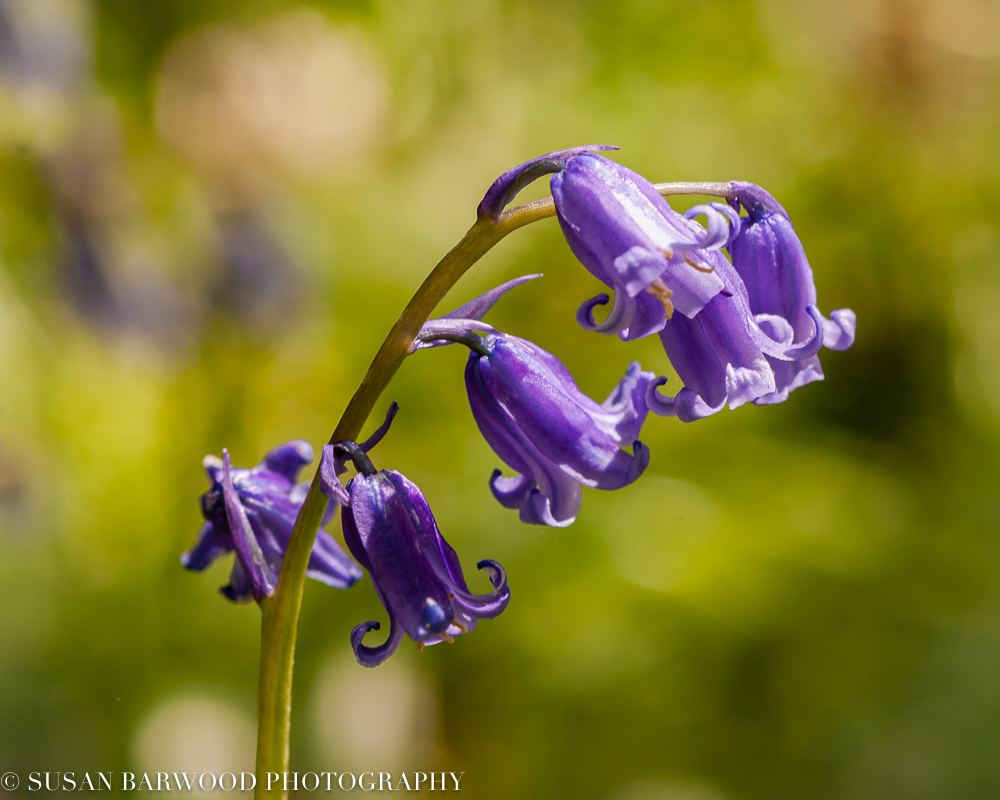
6. – Try exposing to the right – by adjusting the exposure to maximise the tones appearing on the right hand side of the histogram on your camera screen. This will allow you to retain detail in the shadows while also minimising noise. See more of my landscape photography at Landscapes You Love

